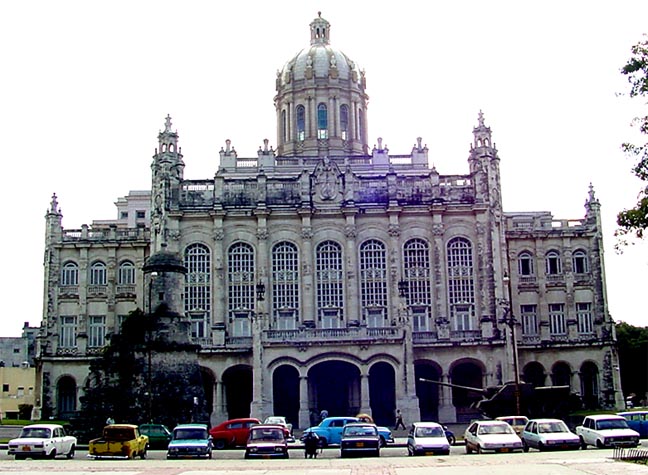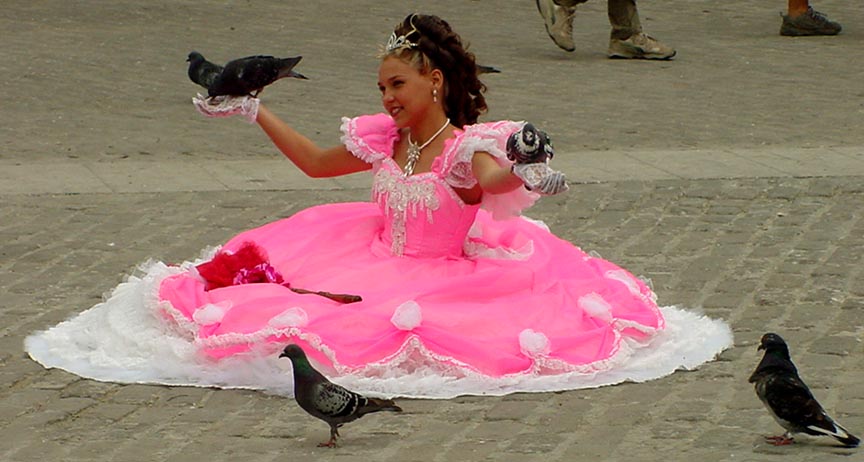For an interesting look at Hemmingway's Havana check out "In Search of Hemingway's Ghost."
On our return to Havana we stopped at the Plaza de la Revolution then climbed on the bus again eventually travelling along the waterfront to the San Francisco terminal.

Since the early 1990s when small businesses were officially authorized the area has been filled with colourful stalls. - mainly used books and magazines from the 1940s and 1950s and early revolutionary days.
The Arms Square is regarded as the heart of the old city, since the expansion of the Village of San Cristóbal de La Habana started from here. Here the first square of the village was built. However, it was not until 1584, when the Spanish troops began using the plaza for their military exercises, that it was called Arms Square. The most important building around the square is the Palace of the Captain Generals, constructed between 1776 and 1791 and considered the most beautiful work during the Spanish rule . The edifice has performed many different functions, ranging from a prison and the venue of Havana's government and City Hall to the City Museum over the past two decades. The Museum's valuable collections are a unique attraction for visitors, especially the Hall of Flags, which shows the first Cuban flag, brought to the island by Narciso López, or the one hoisted by Carlos Manuel de Céspedes, the Father of the Homeland. The Museum also exhibits objects that belonged to patriots such as José Martí, Antonio Maceo and Máximo Gómez .
Next, we then stepped off on our own heading down Obisbo street to the area surrounding the Capitolio.
Havana's Capitol Building, was begun in 1929 under Gerardo Machado and modeled after its North American counterpart. Prior to 1959 it was the seat of the Cuban Congress; now it is the home of the Cuban Academy of Science, the National Library of Science and Technology and numerous art exhibitions. Nearby is one of the world's largest opera houses.
